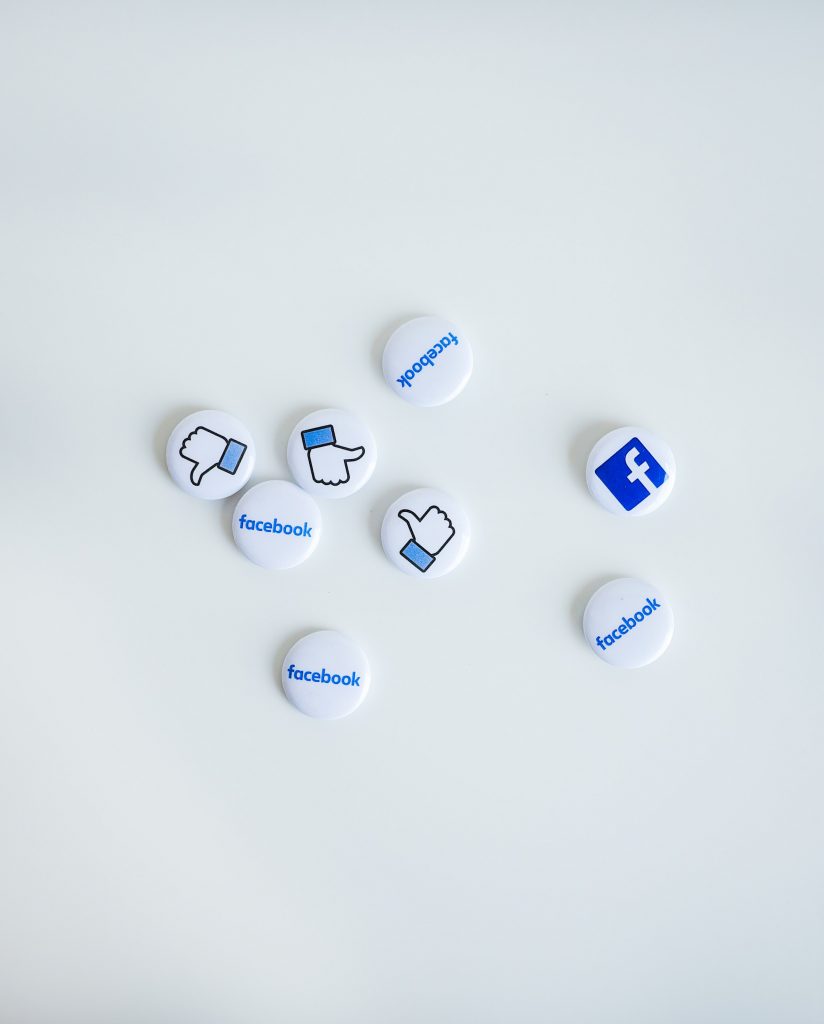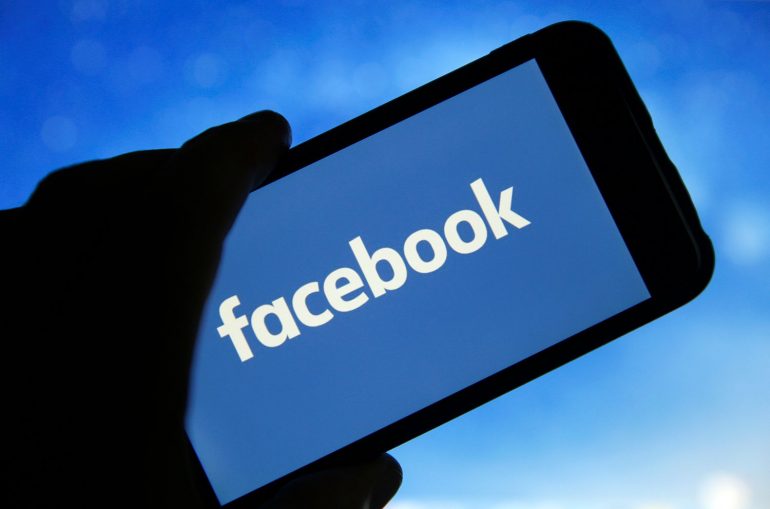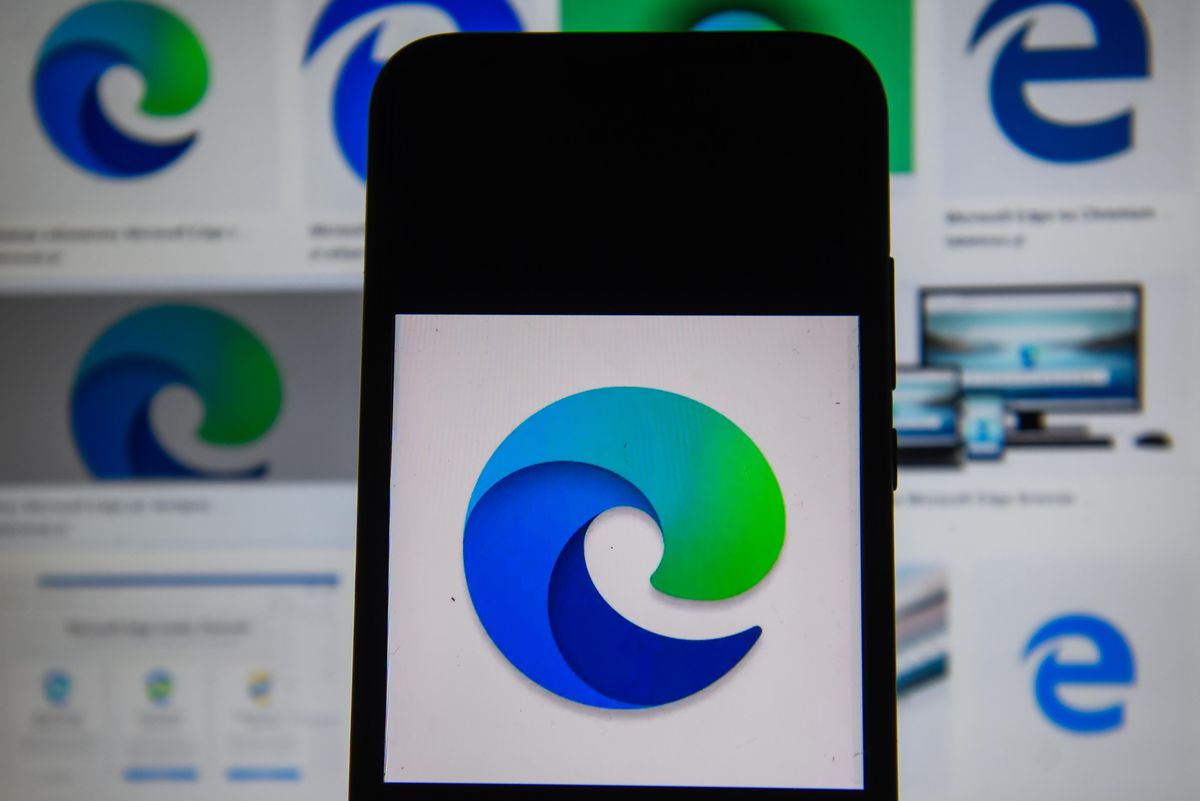Facebook has fingers in many pies. It has transformed itself from a “social media” company into something a lot closer to a tech company. Obviously, it’s flagship product is still it’s social media platforms Facebook, with its upwards of three-billion users, and Instagram, as well as its other communication apps like Messenger and WhatsApp. However, it has other branches and investments, the likes of its fiat-backed cryptocurrency Diem and its virtual reality headset company Oculus. A more recent move which has attracted the attention of media companies – both because they want to report on it and, also, keep apprised of what Facebook, as a media company, is doing – is its push into the newsletter business.

How Silicon Valley Step in to Compete
Silicon valley companies like Facebook, Google, and Apple, as well as their mega corporation competition Amazon, due to their size and influence, enter into promising markets easily often lead by startups. There has been numerous recent and successful examples of this in the last year or two alone.
Spotify have long lead the music streaming industry. It’s had an extensive catalogue and, very importantly, a hugely successful personalised for-you system backed by an impressive AI. They’ve recently begun attempting to diversify their revenue by entering into the podcasting industry. They signed top talent like Joe Rogan on exclusive deals to attract new listeners to their services. Apple had always had their Podcasts app for creators to upload to, but they’ve never really put a lot of stock and attention into making it important as a product. Amazon, though, have decided to match Spotify stride for stride, signing the likes of the Will Smith.
Twitch has a similar story in the live gaming content industry. Their platform is synonymous with gaming: if someone wants to watch professionals or personalities play Call of Duty: Warzone, Counter Strike: Global Offensive, or League of Legends live then they head to Twitch. YouTube has been the home of pre-recorded content. They’ve begun attempts to transition into live streaming following a similar tactic to those in the podcasting business, by signing top talent and exclusive deals with broadcasts.
Impressive startups attract the attention of the big leagues, and if they can’t be bought then they’ll have to face-off with strong competition.
Substack
Substack is the latest example of this. It’s an online platform which provides tools, like analytics, payments, design, and publishing, to support writers’ and creators’ subscription newsletters. Founded in 2017, it raised good capital in 2019 and began to take off in 2020 by attracting big-name journalist and writers who were established with legacy, global publications. The likes of Glenn Greenwald and Casey Newton left The Intercept and The Verge.
Facebook’s Substack
Facebook’s Substack-like newsletter product can be quite simply distilled into three points:
- It’s a free tool for self-publishing in a website or a newsletter style
- Fully integrated with Facebook Pages so writers can get access to the stories, livestreaming, and photos
- Facebook Groups can be created to enable communities build and sustain themselves
This follows suit of other Facebook products – with the exception of WhatsApp – in that it will be totally integrated and together with the main Facebook social media site, like its Gaming product. The analytics and advertising tools Facebook can offer writers will be exemplary, and could well appeal to writers hoping to grow their audience.
As per the trend of entering into new creative markets, Facebook will be entering into contract discussions with high-profile talent.
Advertising vs. Subscription
The newsletter revolution, as some are calling it, is coming at a time when writers and personalities are focussed on creating brands and audiences. All business and creation has sharpened to the point of a person, an individual – all focus on them. Importantly, for both Substack writers and those who may migrate to Facebook, they will have freedom. Neither platform edit or censor work. This has drawn criticisms for obvious reasons.
Newsletters, though, offer another example of a slight deviation from the norm in generating revenue: more and more creators are pivoting towards subscriptions. Advertising continues to be the key revenue source of media companies and creators. This isn’t likely to change. However, what subscription changes is the audience-to-creator relationship. No longer is just necessarily about amassing followers and views. It’s about turning an audience into customers, beyond one-off payments for merchandise. Twitch and Patreon have used this model for a number of years successfully. Audiences can pay fees to access exclusive content or have interactions with their favourite stars. Subscriptions can be one-off annual payments but, more than likely, they are monthly. They are an ongoing commitment to a creator. This new model liberates a creator from contracts with external companies and brands and relieves them of the pressures to not step on toes. Facebook, already having shaken up the media landscape, turned themselves into a tech company which generates a good bulk of its revenue from advertising, is looking to potentially feed a new and ballooning economy.

Introvert. Proud beer specialist. Coffee geek. Typical thinker. Pop culture trailblazer. Music practitioner. Explorer.





